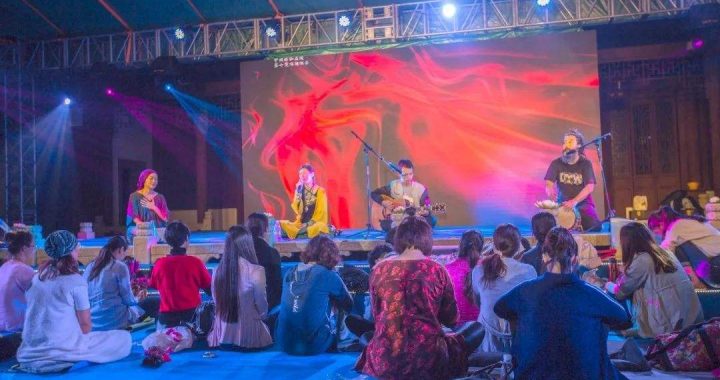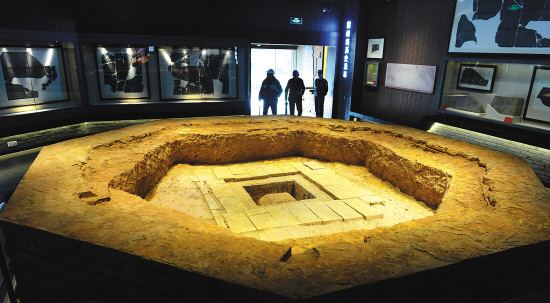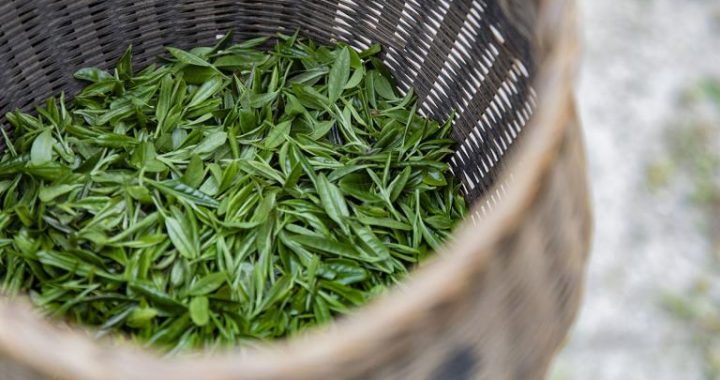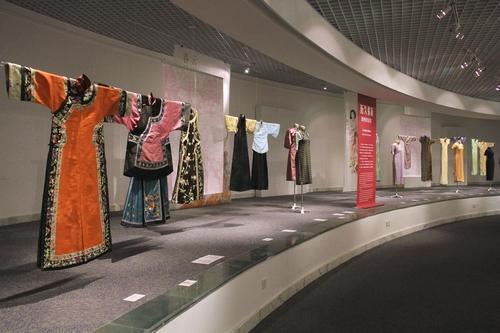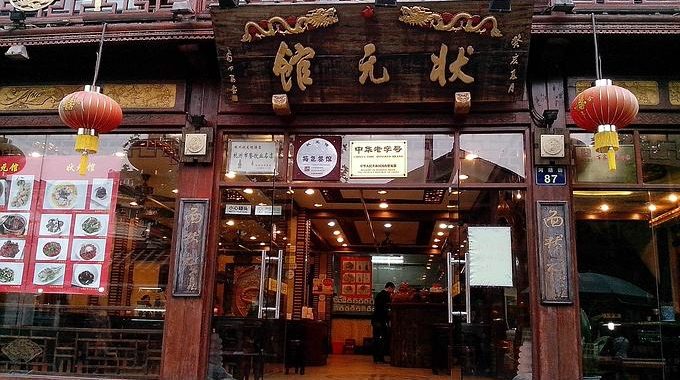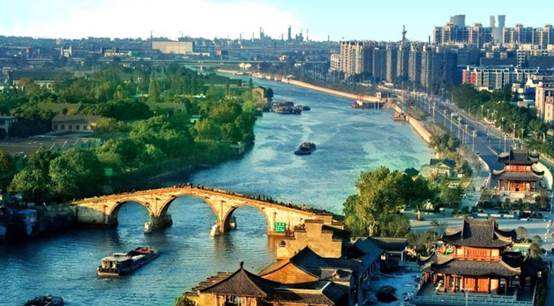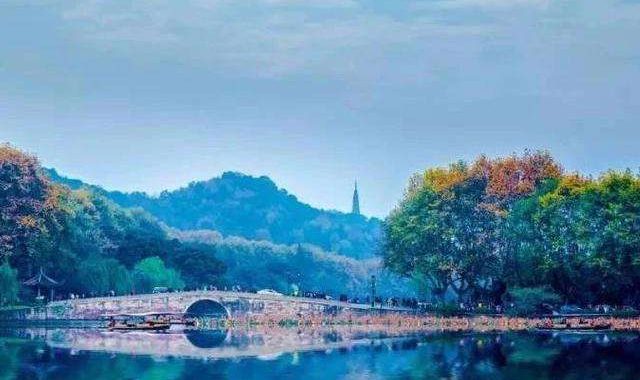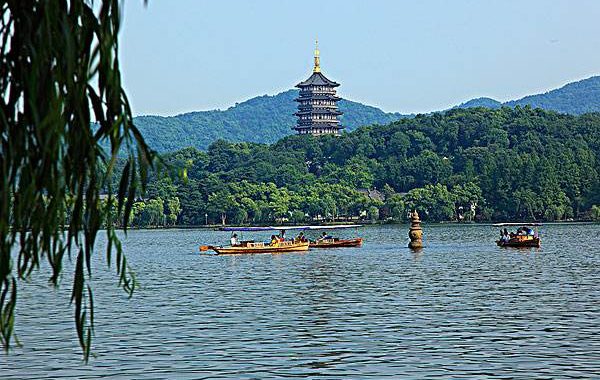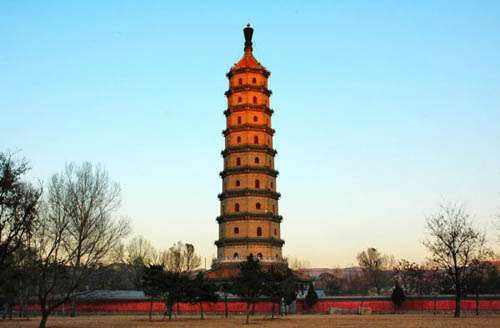Hangzhou in Southern Song Dynasty
4 min readIn history, Hangzhou was most brilliant in the Southern Song dynasty. Elegant buildings, busy commercial markets and colorful cultural activities all helped to build Hangzhou into “a paradise on the earth”.
In the early years of Southern Song, tortured so much by years of wars and encouraged by the southward move of the central government,a mass of northerners started a southward movement. Most of them finally settled down in today’s Zhejiang and Hangzhou was a major destination. As a result, population in Hangzhou jumped from less than 100,000 households to 260,000 households or 550,000 if counted by person. By the end of Southern Song, Hangzhou became the country’s biggest city with a population of more than one million.
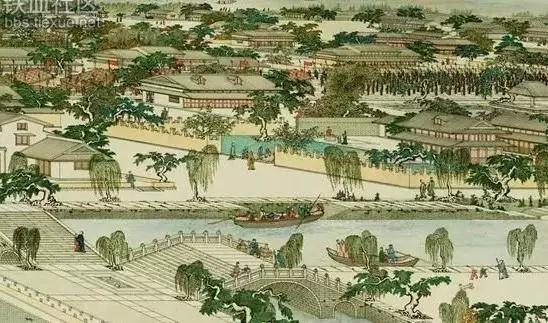
The royal court of the Southern Song dynasty ordered a number of constructions including the Imperial Palace which rested on the Phoenix Mountain and the Imperial city which extended to Fengshan Gate in the north, Jianggan in the South, Houchao Gate in the east and Wangsong Hill in the west. Starting from Chaotian Gate or today’s Zhongshan Road and Zhongshan North Road,a south-to-north imperial streetpaved with flagstones stretched more than 13,000 chi (about 4,333 meters). To the east of the imperial street were an inner-city river and a salt transporting canal which were parallel to the street. In the north, the river and the canal met the Grand Canal and other lakes in the Taihu Lake area; in the south, the two converged and flew into the Qiantang River. In addition to the water network, the city had a crisscross network of streets with all kinds of workshops and fairs dotting here and there.
An increasing population boosted the development of commerce and the city entered an unprecedented boom. As a result, three commercial centers took shape. In the service industry, there gradually formed a kind of civilian entertainment marke which was called”washi”in Chinese. So popular among the common people that there were five super washi within the imperial city and twenty others more outside.
Inside a washi, there were popular actors and actresses singing and performing Chinese dramas of different schools all day and all night long; outside, there stood shops of different kinds in a great number. Foreign trade entered a boom, too.
Inside Hangzhou Bay, there anchored a great number of gigantic ships with goodsshipped from all over the world. In the Imperial Palace, foreign envoys came and went. The exchange of gifts between them and the royal court of Southern Song was in fact a disguised form of government-to-government trade.
A prosperous economy is a catalyst to the development of culture and education.
As early as in the Song dynasty, Hangzhou was one of the three national block printing centers. In the first few years of Southern Song, the royal court ordered to have thousands of volumes of classics carved to be models. Then books were engraved from the models and they were called “jianben”. At that time, nearly half of all the jianben in China were printed in Hangzhou, including the famous historical monograph Comprehensive Mirror for Aid in Governance. Later, Hangzhou became number one in the block printing industry. Printing houses flourished in a great number with more than twenty having recorded names. With tidy characters engraved from skillfully cut models, white and durable paper as well as high-quality ink, the engraved books were spoken highly of as “wonders”by scholars and are still regarded so by today’s scholars. Those that have been preserved until now are undoubtedly valuable cultural heritage.
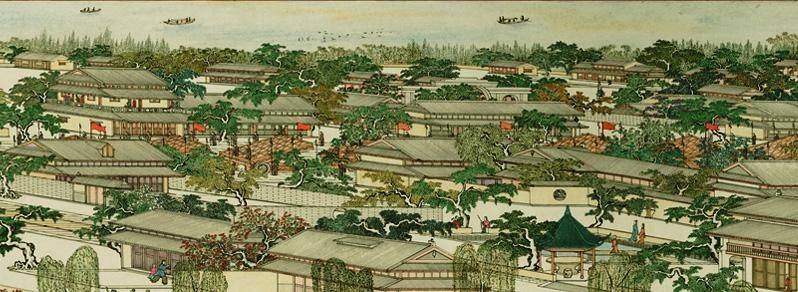
Education in Southern Song was well developed as well. The royal court established the Imperial College, the Martial Arts College and the College of Rites, which were know as “three colleges”. Among the three, the Imperial College was the most prestigious. There, more than 1,700 students who were divided into three grade-senior, middle and junior, studied in clean and large classrooms for free. Apartfrom the Imperial College, there are public schools at the prefecture level, the county level and the village level as well as numberless private schools and a few medical schools.
Among the various constructions that shaped a prosperous and picturesque Hangzhou, construction of the West Lake was sure to be one. As various terraces, pavilions and temples were erected along the bank, the past reservoir turned into a beautiful resort that attracted visitors near and afar just as it does today.
Thus, Fan Chengda, an established poet in Southern Song, wrote in one of his poems “There is a paradise in the heaven, there are Suzhou and Hangzhou on the earth”which was later changed into a more popular saying “up above there is Paradise, down here there are Suzhou and Hangzhou”,a testimony to the prosperity and beauty of the city.
